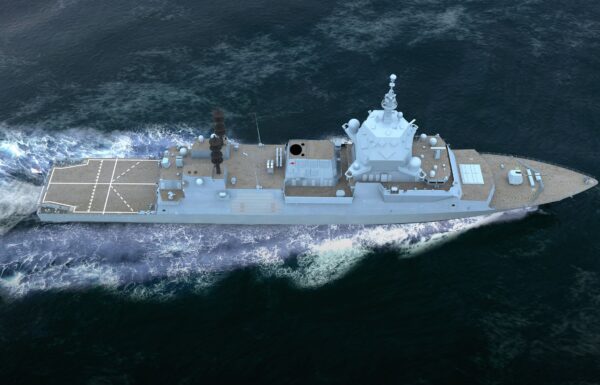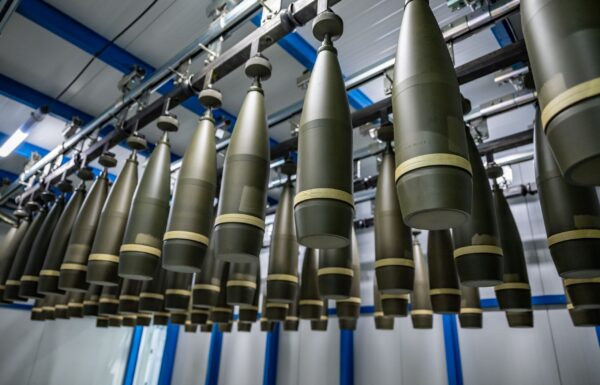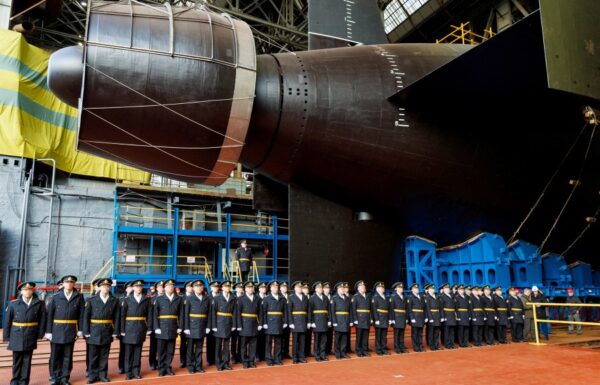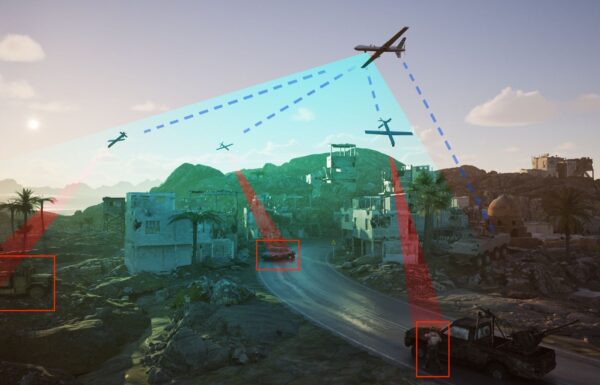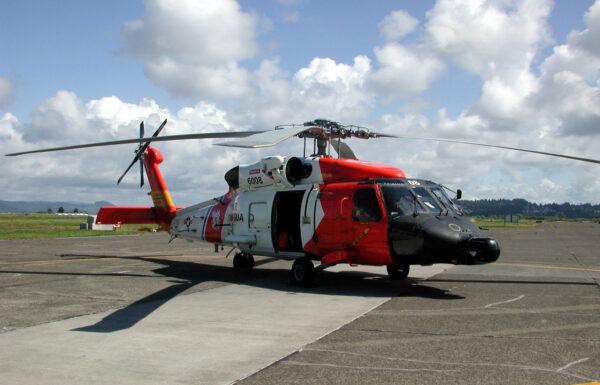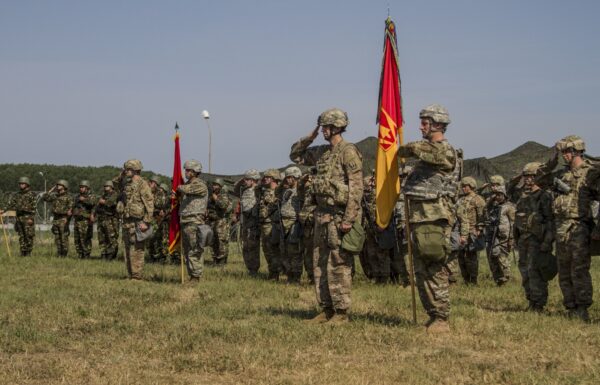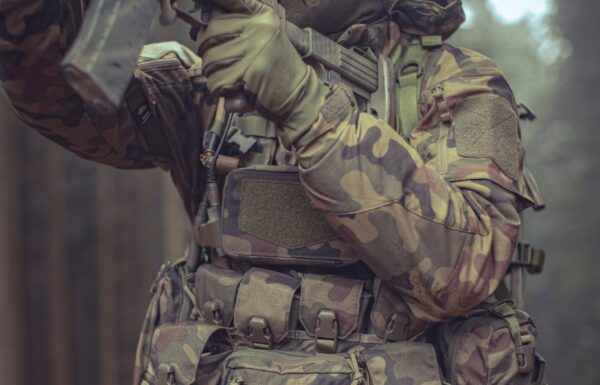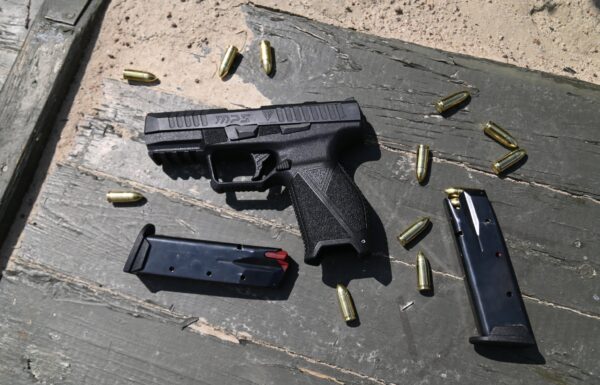On Friday, October 3rd, 2025, the UK Ministry of Defence published a Request for Information (RFI) for its new program of autonomous, carrier-based, jet-powered unmanned aerial vehicles of the STOL (Short Take-Off and Landing) class, codenamed Vanquish.
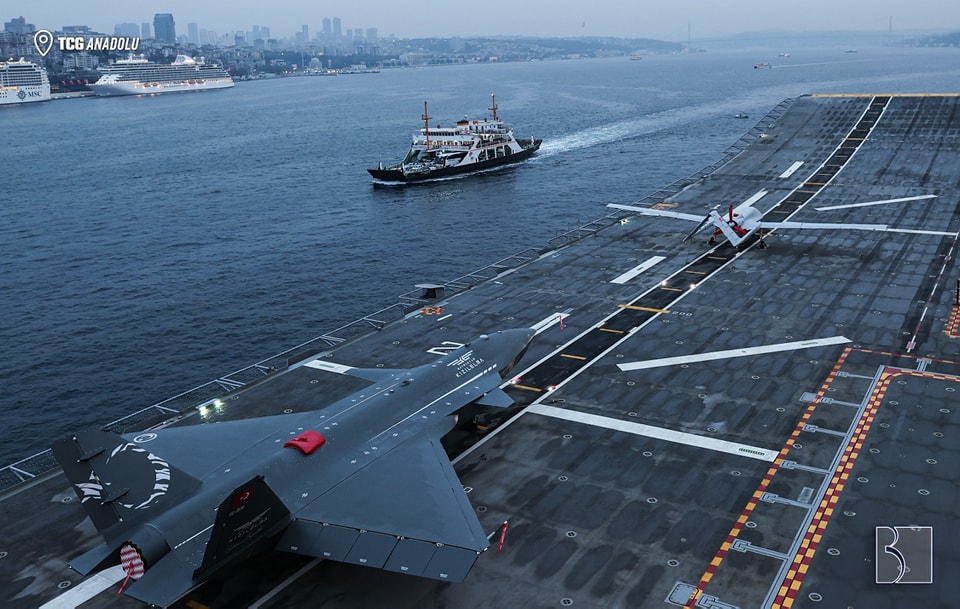 Illustrative photo: Bayraktar Kızılelma (foreground) by Turkish company Baykar Makina, together with Bayraktar TB3 on the deck of the Turkish amphibious assault ship TCG Anadolu (L-400) / Photo: Baykar Makina
Illustrative photo: Bayraktar Kızılelma (foreground) by Turkish company Baykar Makina, together with Bayraktar TB3 on the deck of the Turkish amphibious assault ship TCG Anadolu (L-400) / Photo: Baykar Makina
The deadline for submitting applications is November 14th, 2025, at 5:00 p.m. local time. The nominal completion date is set for the end of 2026, with the option for delivery within 18 months of the target date (from April 1st, 2026, to December 29th, 2027). The prospective contract has a budget of 10 million GBP net / 12 million GBP gross.
According to the document titled “Fixed Wing STOL Autonomous Collaborative Platform (FW STOL ACP)”, as part of plans to create a Hybrid Air Wing for both Queen Elizabeth-class aircraft carriers, the Vanquish program aims to develop and demonstrate the feasibility of an unmanned platform capable of taking off and landing on carrier decks without the use of a catapult (steam or electromagnetic) or an arrested recovery system, operating instead in the carriers’ current STOBAR (Short Take-Off But Arrested Recovery) configuration using a ski-jump ramp.
The aircraft will feature jet propulsion, capable of subsonic flight speeds. It must be able to autonomously take off and land on an aircraft carrier, achieve the required operational range, and carry a payload suitable for intelligence, surveillance, and reconnaissance (ISR) missions, strike missions, and aerial refueling, thereby complementing the manned F-35B Lightning II aircraft.
A successful conclusion of the technology demonstration will enable the development of future capabilities and potential procurement options. This Request for Information (RFI) is separate but aligned with the existing RFIs for a new carrier-based early warning system, issued on April 9th and 22nd, 2025, and will support the understanding of new technologies that may contribute to both development tracks.
The program must align with the principles of the Maritime Aviation Transformation (MATx) strategy and build upon previous trials and demonstrations of unmanned platforms aboard British aircraft carriers — such as the U.S.-made GA-ASI Mojave MALE (Medium Altitude Long Endurance) drone tested on the HMS Prince of Wales (R09) in November 2023.
While the Royal Air Force (RAF) has been running the Loyal Wingman program since 2015, focusing on aerial operations (currently in Tranche 2), the Royal Navy’s Vanquish initiative specifically seeks to adapt those concepts to maritime environments, where deck operations, spatial constraints, and sea-state dynamics add significant complexity.
Interestingly, the RFI does not specify the aerodynamic configuration of the aircraft, leaving room for various designs — such as a tiltrotor, a blended wing body, a folding-wing aircraft, or even a hybrid-powered configuration incorporating jet propulsion.


